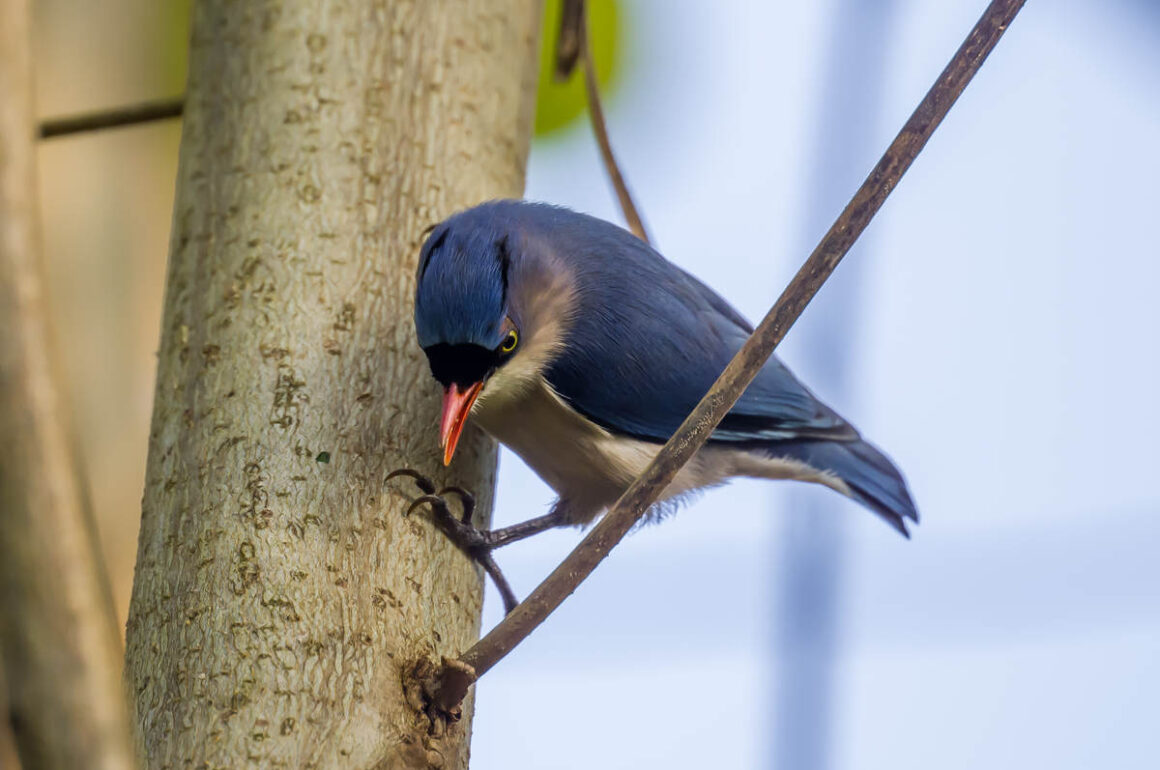
Ruili is a Chinese city right on the border to Myanmar, and a major border crossing. When I last visited the town almost 10 years ago, it had a Wild West feel, and Wikipedia claims that it is “an important location for trade with Myanmar, in both legal and illegal goods and services” but it seemed pretty tame to me this time. My major struggle in the city was with the equipment in a super modern hotel room, with instructions all in Chinese, preventing me from getting a hot shower and hot coffee in the morning. I admit this is not quite on the level of fellow writers’ posts describing birding as an extreme sport.
The proximity to the Myanmar border is reflected in the presence of Burmese Shrikes here – on the wrong side of the border, but it is well known that this species has never been particularly good at geography.
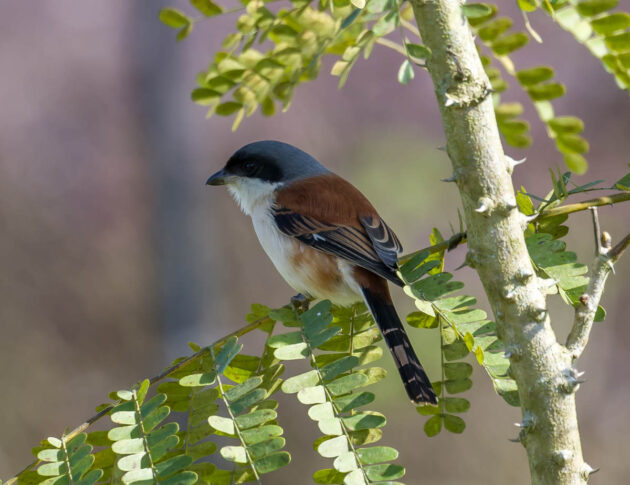
Its scientific name is a bit pathetic – collurioides, meaning that it resembles (-oides) the Red-backed Shrike (Lanius collurio). A highly creative name this is not.
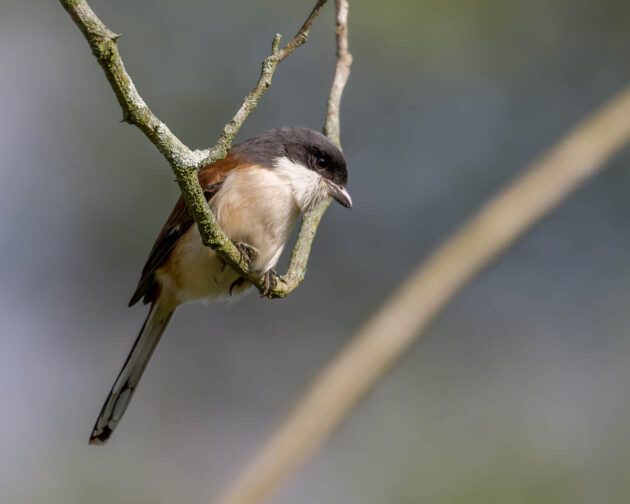
The same park in Ruili also had Long-tailed Shrike, presumably subspecies tricolor, which here looks quite different from the subspecies common in Shanghai (schach). If you are impressed by me mentioning subspecies, don’t be – I just looked it up in the HBW but basically, I still think that subspecies should be illegal.
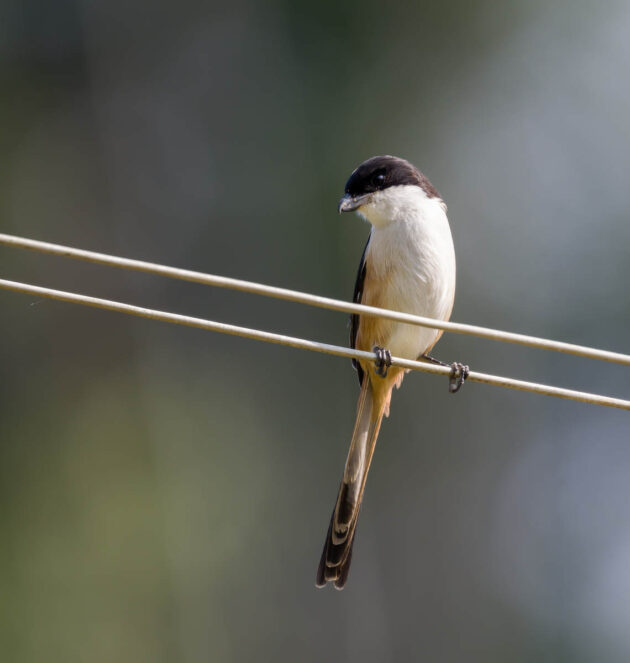
Somehow I had previously not noticed the beauty of the Coppersmith Barbet, a bird that can indeed be identified relatively easily by its call that is also responsible for its name (it is a metallic call that sounds somewhat like a coppersmith hammering metal).
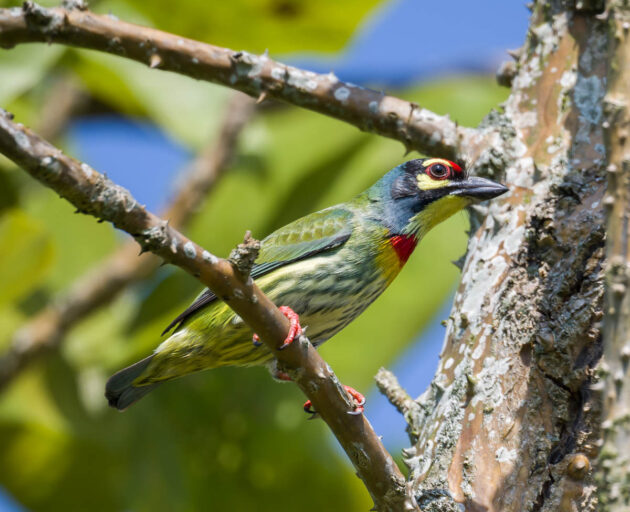
This photo explains the scientific species name haemacephalus (bloodheaded).
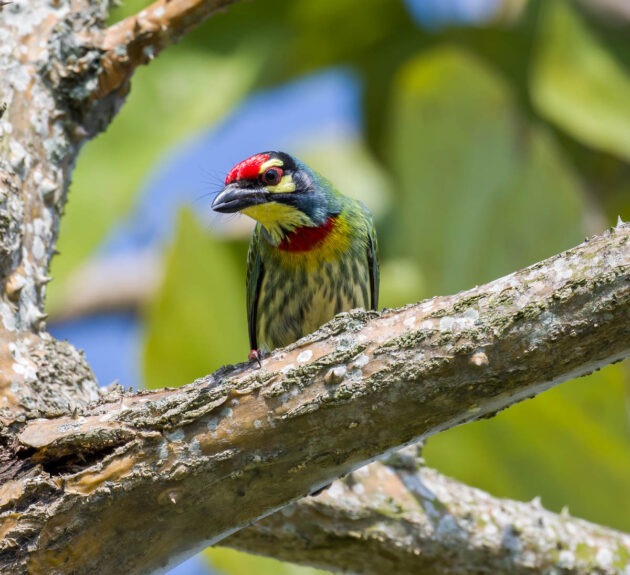
Interestingly, the Chinese name highlights the red breast rather than the red head – it translates roughly as “Red-breasted Imitation Woodpecker”.
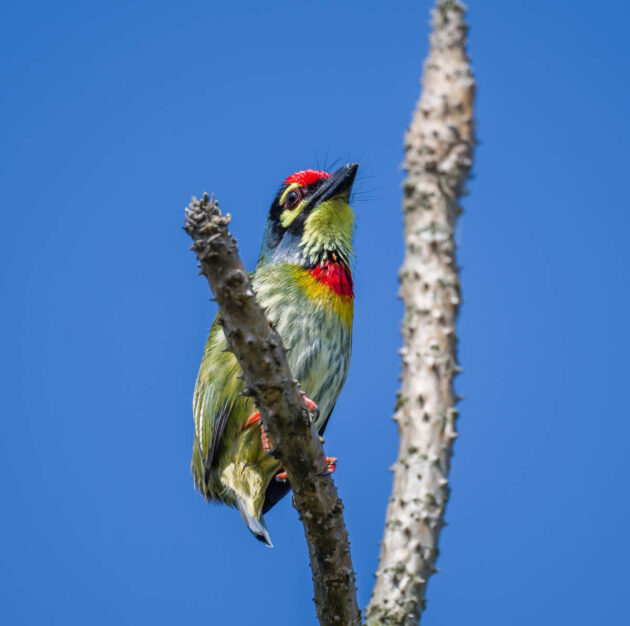
The HBW – in a slightly Puritan streak – seems to criticize the work ethics of the species: “It apparently begins activity 5-10 minutes before sunrise, later than other bird species sharing its habitat”. Maybe it is just better at achieving a good work-life balance.
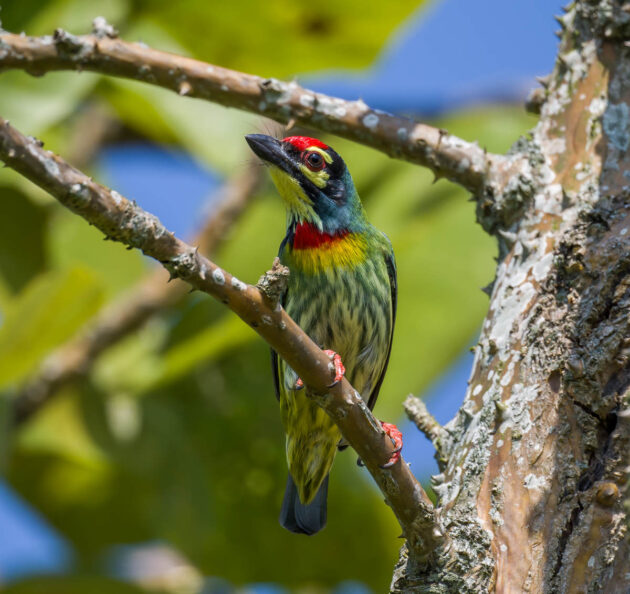
Fortunately for human males, the typical courtship of humans differs from that of the Coppersmith Barbets, which the HBW describes as follows: “When the nest is ready, the male may begin courtship feeding, offering fruit to the female. The female sometimes rejects this fruit, turning her back and defecating in the direction of the male”. A more detailed (and slightly less disgusting) description of the mating behavior can be found here.
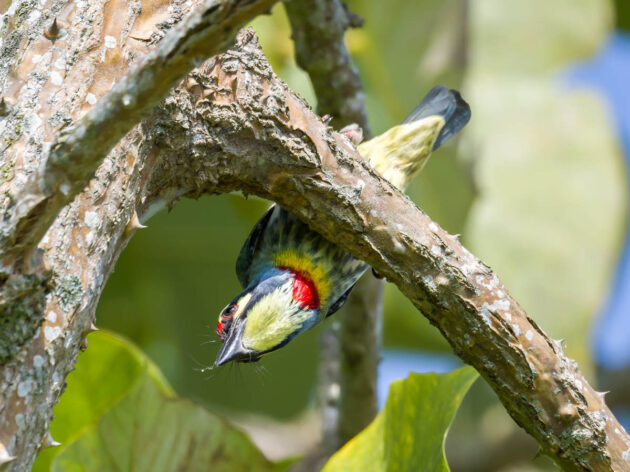
One paper on the species and its breeding behavior has the nice sentence “Coppersmith barbet lives happily either alone, in pairs, or in small groups of four to five birds”.
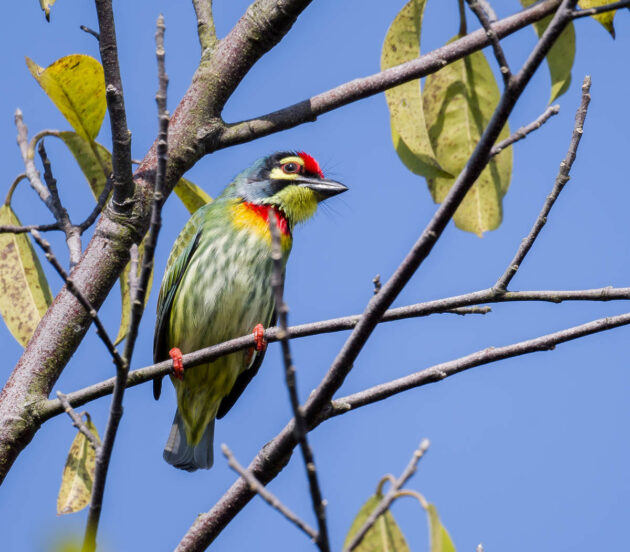
According to an article in the Business Standard, “Ashy Drongos have chosen the dangerous career of tackling insects with nasty stings even though they do not possess protective dense feathers or thick-skin around the eye”.
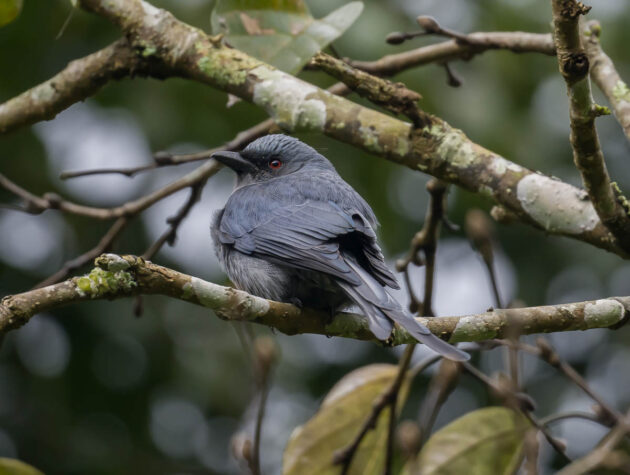
Ashy Drongos can apparently mimic other birds and imitate the movement of other bird species, then subsequently try to steal their food (source).
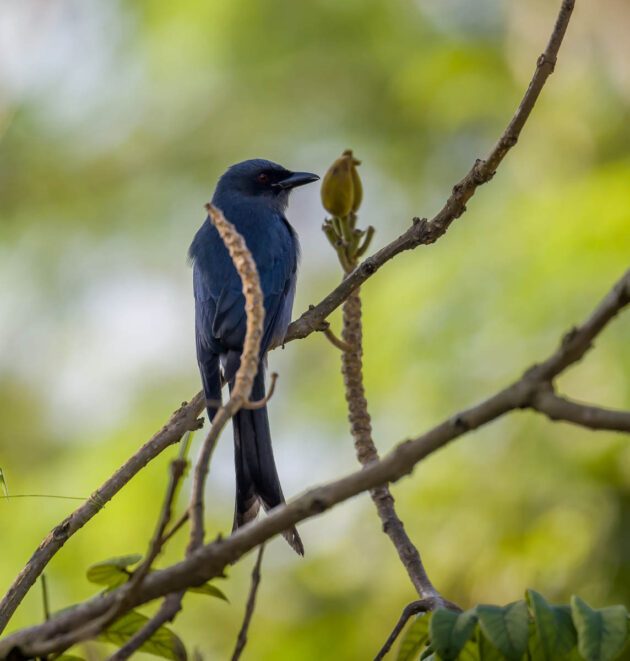
As with many other drongo species, the Ashy Drongo mostly just sits somewhere and looks around, an activity which in a paper is politely described as “Scanning”.
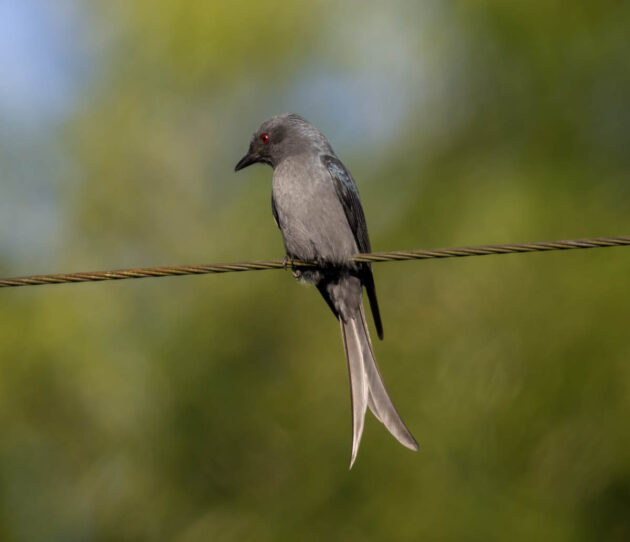
While the Ashy Drongo thus spends 71% of its time, the Bronzed Drongo tops this with 76%, according to the same paper.
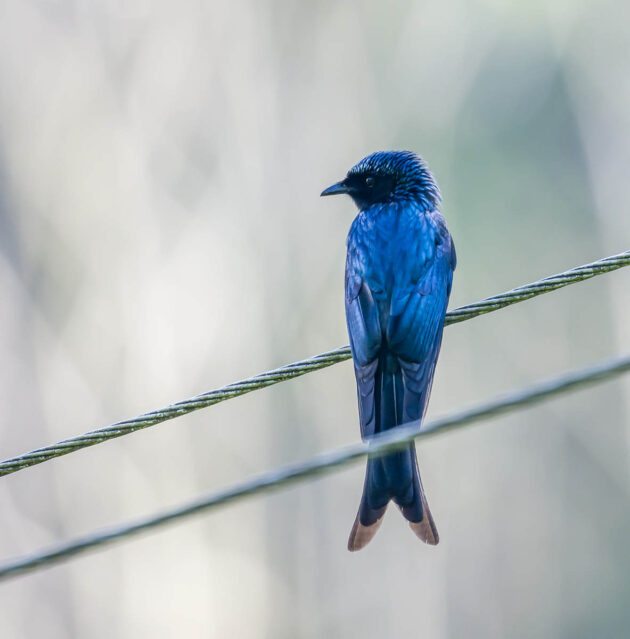
“Not lazy, just scanning”
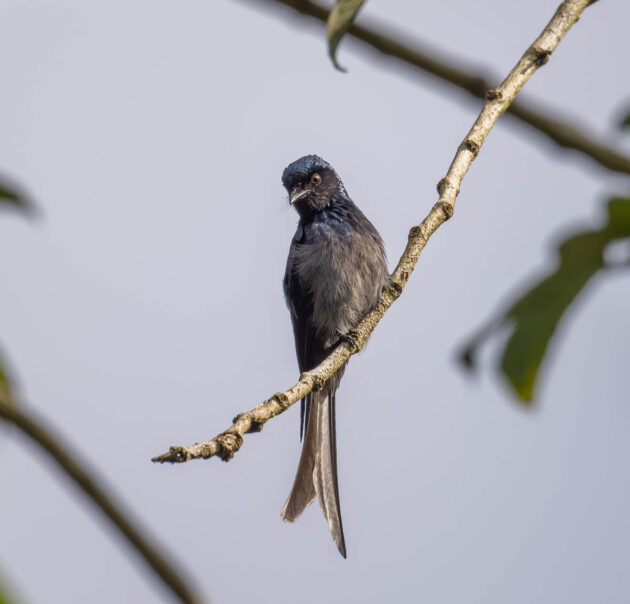
Whenever there is a form to fill out, the Bar-winged Flycatcher-shrike curses its name. By the time it has finished, the other species are already waiting in line at the counter, and it has to move to the end of that line.
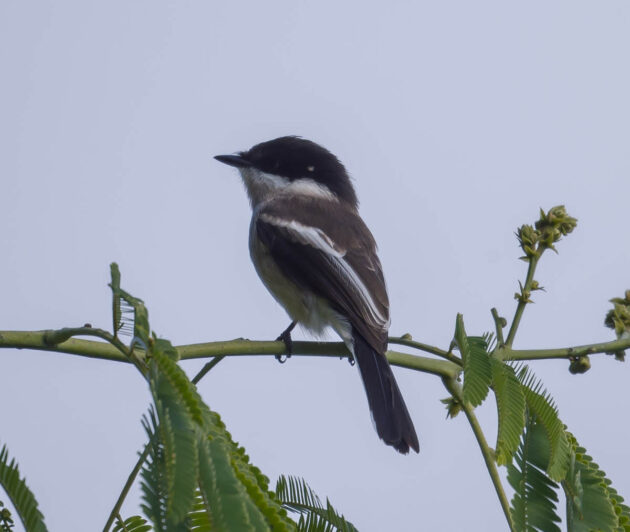
The bird has now started using its scientific name, Hemipus picatus, as it is substantially shorter.
Perhaps the middle section of blog posts should be relatively boring in order to get rid of the more casual readers. So, here are some common birds seen at Ruili:
Grey Heron
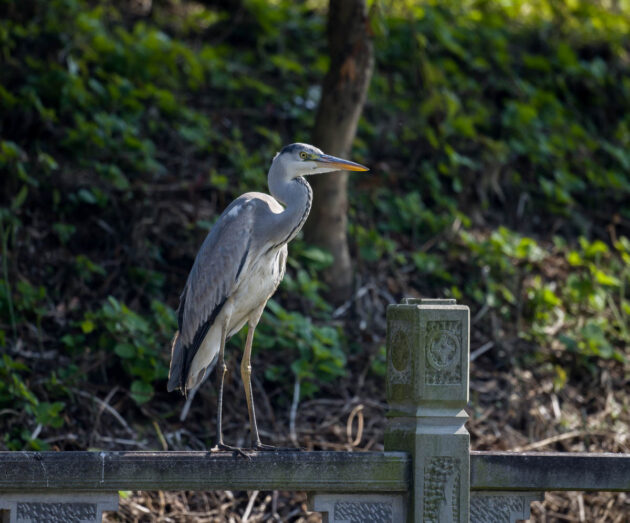
Plumbeous Water Redstart
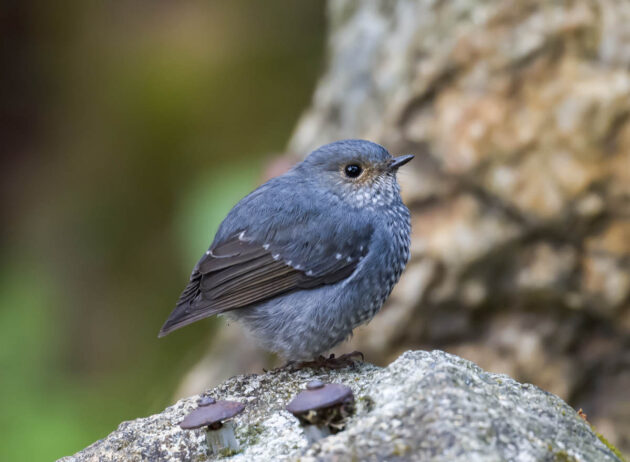
White-capped Redstart
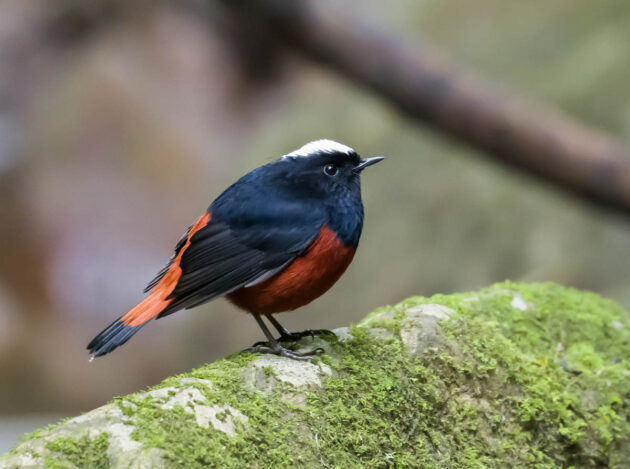
Olive-backed Pipit
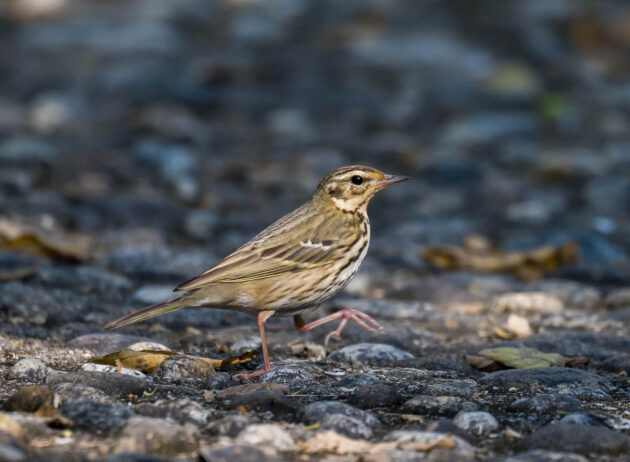
Red-vented Bulbul
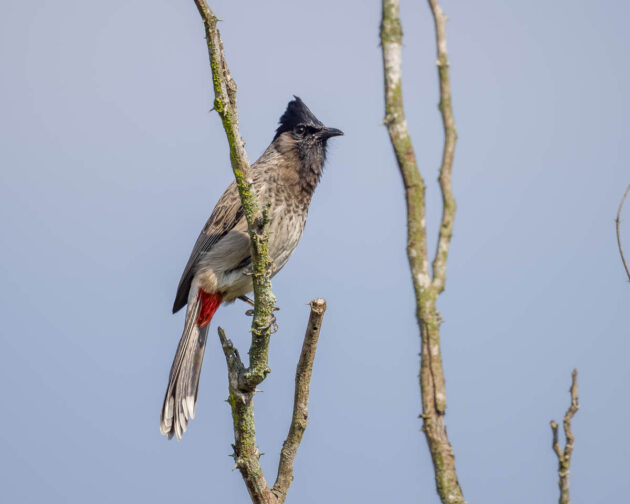
Red-whiskered Bulbul
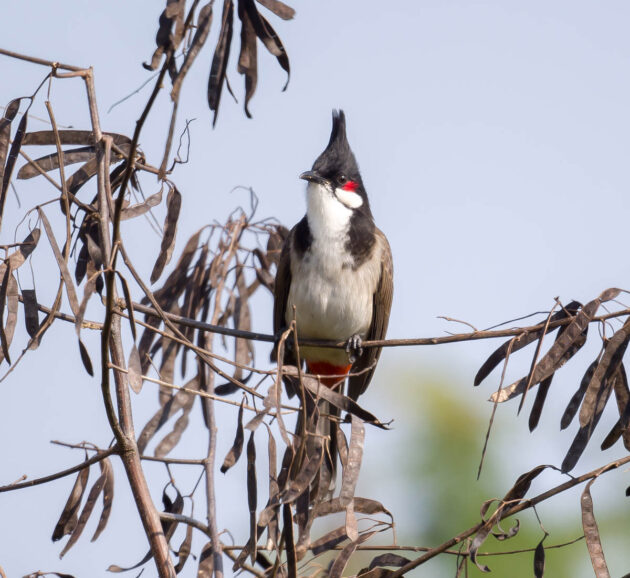
If this post was a song, the section above might be called the middle eights, though in a good song, the middle eights tend to be more interesting.
Which is as good as any location in this post to mention another song favorite, “Fake Empire“, as usual by The National.
After reading a glossy celebrity paper – maybe about an Oscar celebration – the eBird reviewer gets back to writing short descriptions of birds but still has the vocabulary of the magazine in his or her head. The result is a description of the Velvet-fronted Nuthatch like this: “One of the few nuthatches to break the general neutral color scheme of the family, this stunner can be quite common …”.
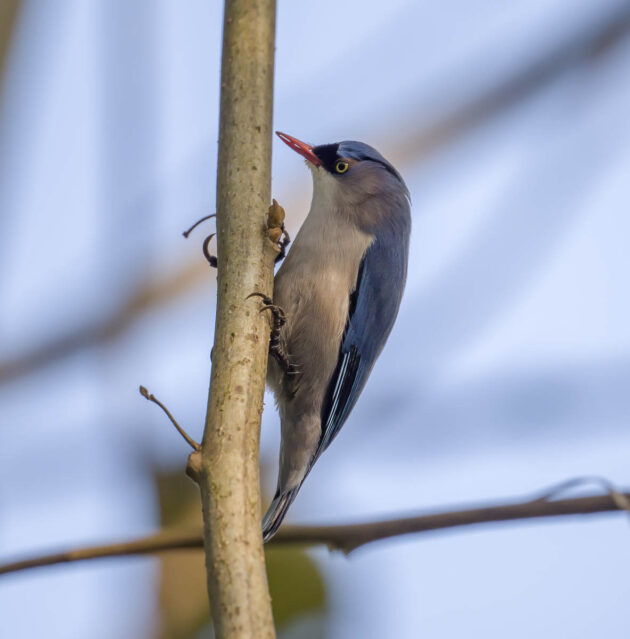
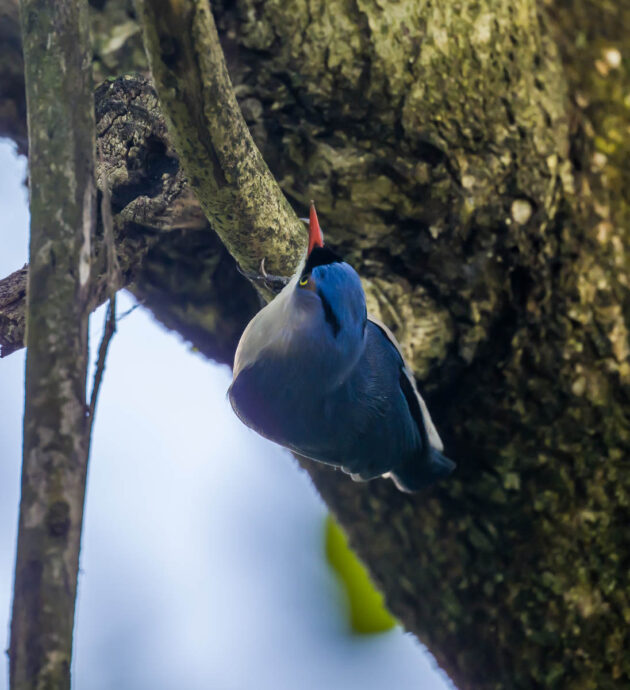
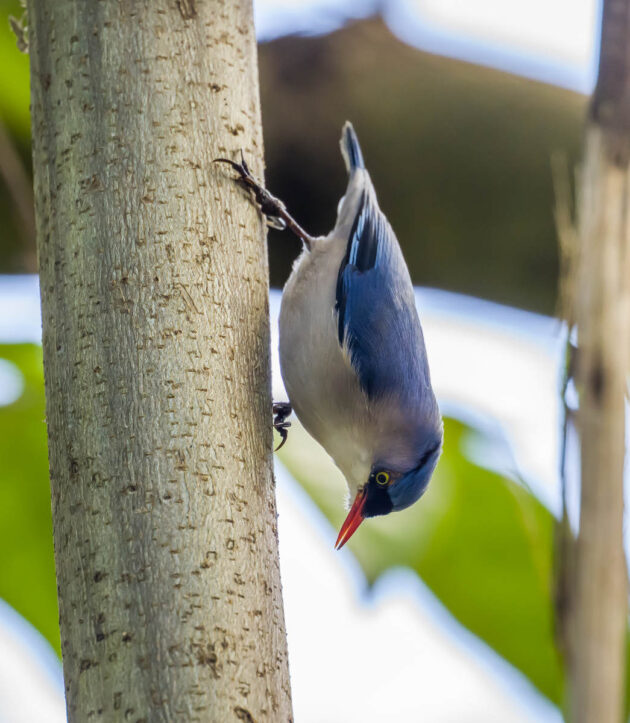
This species is a cavity nester but unable to build its own cavities. Not a great situation given the chronic housing shortage in suitable environments. For example, one paper states that in Sri Lanka’s cloud forest, only about 3% of all trees have suitable cavities.
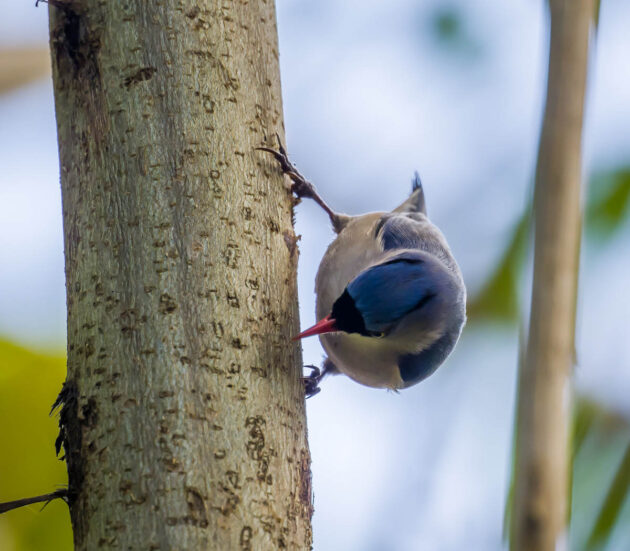
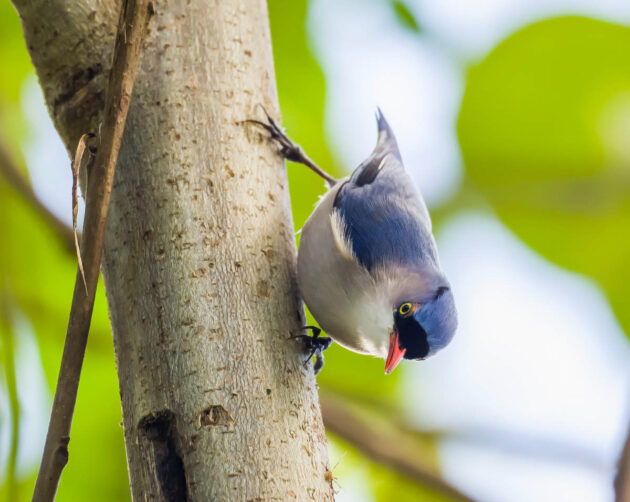
For some reason, the Mandarin Chinese name of the Scarlet Minivet translates as “Red Mountain Pepper Bird”
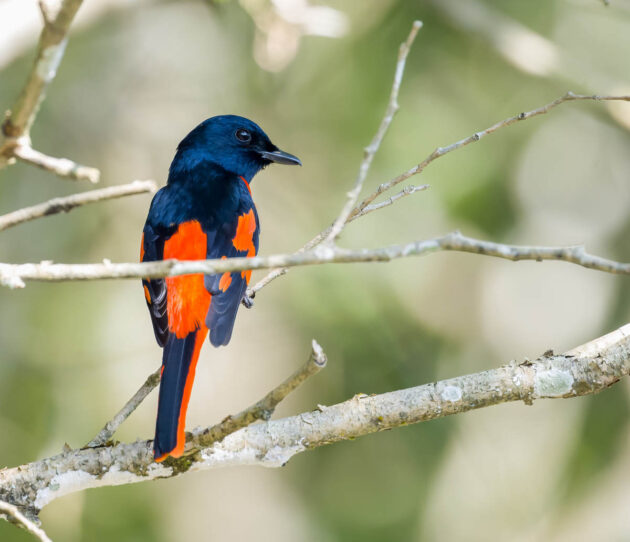
I do hope a Chinese reader of this blog can explain the origin or meaning of this name.
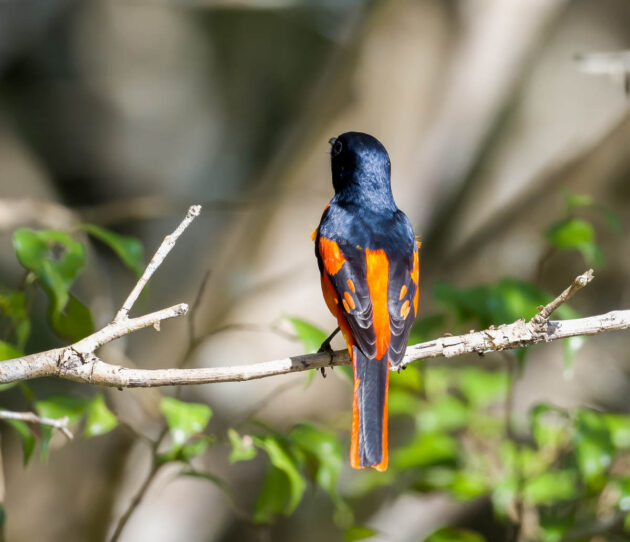
The website nepaldesk.com has a description of the Chestnut-bellied Rock Thrush that reads like it has been written by ChatGPT after specifically having received instructions to mock tourism agencies:
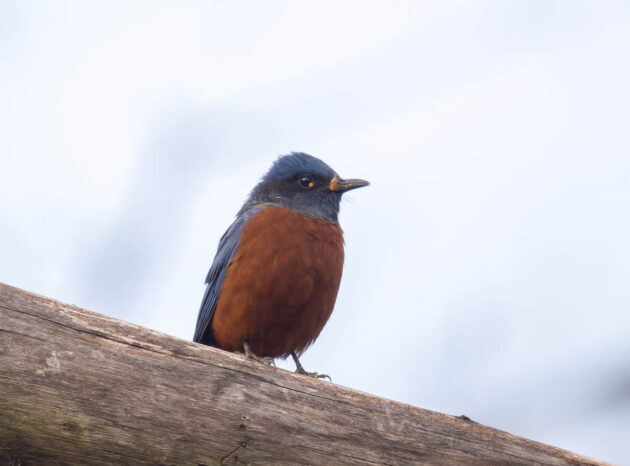
“With its delightful presence, the Chestnut-bellied Rock Thrush is a symbol of Nepal’s rich avian diversity. Recognizing its value for eco-tourism and biogeographical research, it is essential to conserve this magnificent bird. Preserving its habitat through sustainable practices and encouraging responsible wildlife tourism are crucial steps in ensuring the continued existence of this charismatic species. In conclusion, the Chestnut-bellied Rock Thrush adds a splash of color and charm to the already spellbinding Nepali wilderness. As we continue exploring Nepal’s unparalleled beauty and biodiversity, let us appreciate these bright gems hidden in its forests and strive to protect them for future generations to admire.”
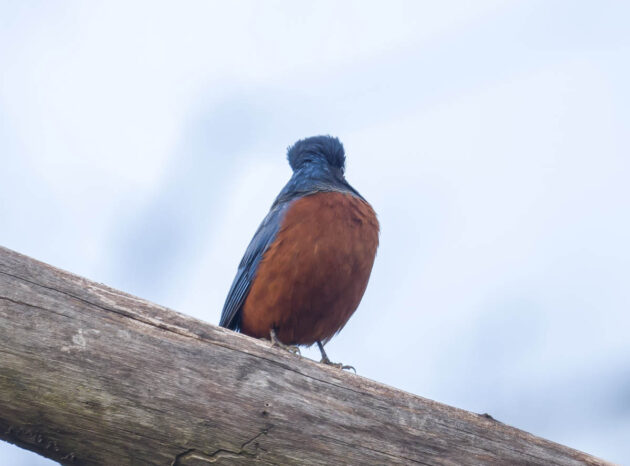
Common Tailorbirds can be very productive, with up to four broods per year (source).
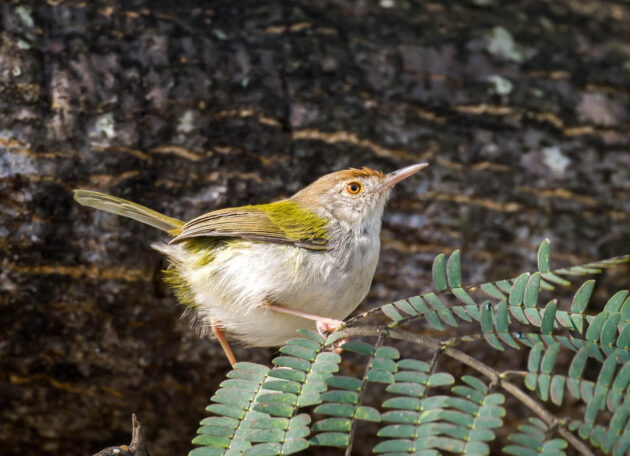
In 93% of cases, the birds built new nests for each brood despite on average only moving 10 meters away from the previous nesting site. This could hint at a solution for the struggling Chinese housing market – moving to a new apartment for each new child? On the other hand, most Chinese couples only have one child anyway, so this would not make too much of a difference in the overall housing demand.
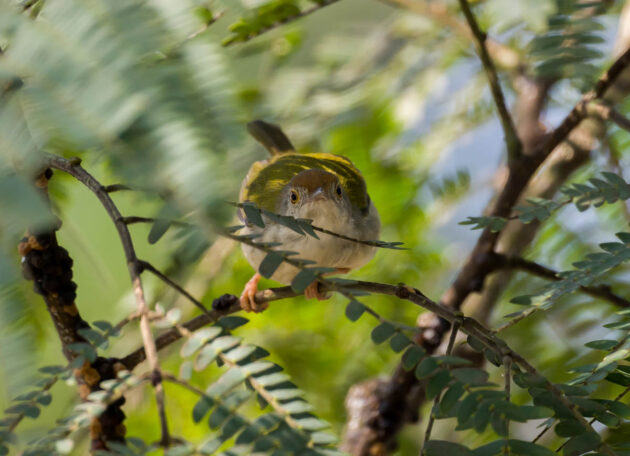
Some research topics seem a bit bizarre to me. A paper on the Little Cormorant is titled “Activities of the Little Cormorant, Phalacrocorax niger (Vieillot) in relation to sunlight in captivity”. Not only was this study done in a zoo, which should seriously affect the relevance of the result. It also seems that nobody has ever proofread the abstract as it contains the following puzzling sentence:
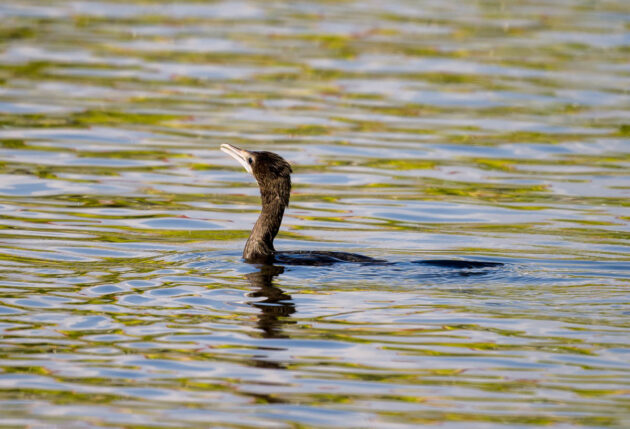
“Time spent in preening was the highest (32.25 min/h) in rainy day. Lowest (22.47 min/h) in cloudy day and intermediate (14.73 min/h) in sunny day.” Peer review, schmeer review?
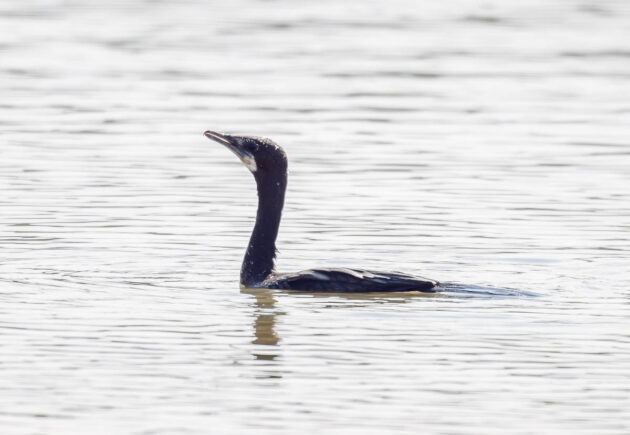
Another paper asks “Does the diet of the Little Cormorant Microcarbo niger affect commercial fisheries?”. And concludes that it possibly does.
Slaty-backed Forktails seem to be quite common at Moli Tropical Rainforest Spot, a birding location about half an hour away from Ruili by car.
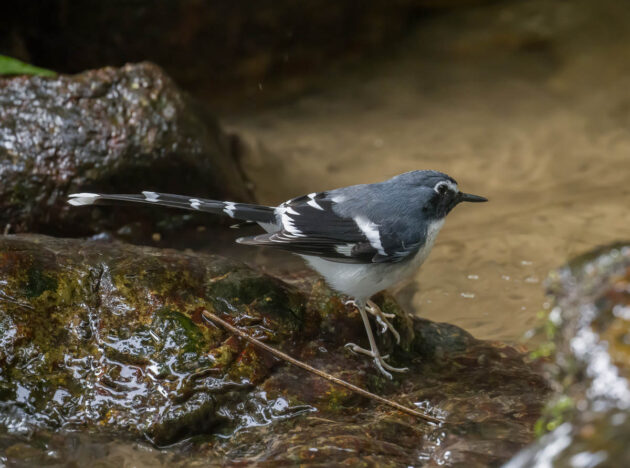
2024 also finally sees the long-awaited release of a paper on the complete mitochondrial genome of the Slaty-backed Forktail. I hope there are still a few species left for future scientists to analyze.
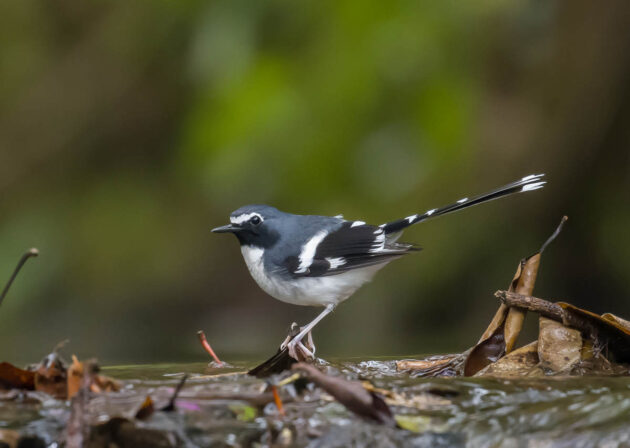
Apart from insects, these forktails also eat small fish – some photos can be seen in this paper.
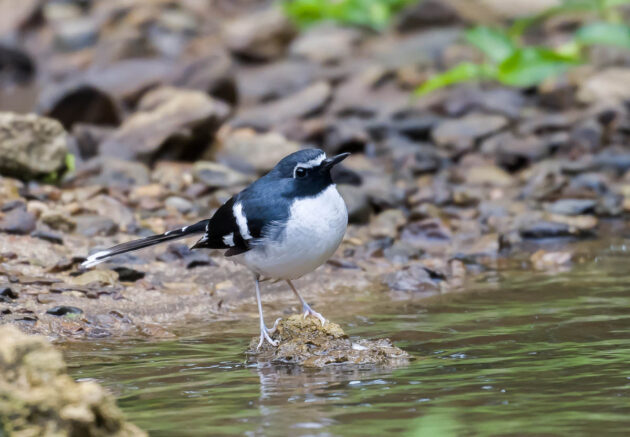
Finally, the White-hooded Babbler looks a bit like it is a proud member of the most exclusive tennis club in a smallish town. But I do not hold that against the species.
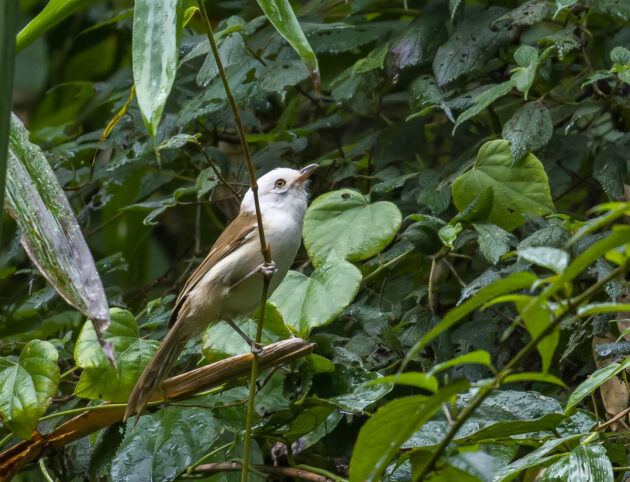




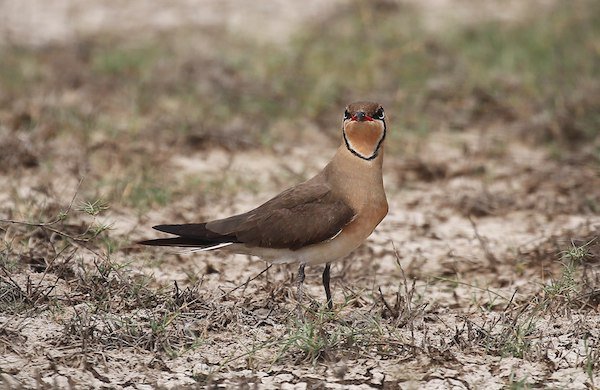

 New writers welcome – please contact us for details.
New writers welcome – please contact us for details.

















Bar-winged Flycatcher-shrike will naturally evolve to Bar-coded Flycatcher-shrike if confronted with enough forms…
Fantastic pictures again, Kai and I saw some of my “day dream birds” in your post!
Great memories of Ruili. Thank you for the wonderful photos. I particularly like the velvet- fronted nuthatch. I am proud to report that I managed to operate the shower in that indeed bizarre hotel!
Thanks, Ian! I could operate the shower – I just could not get hot water. But I convinced myself I wanted to take a cold shower anyway.
Great birds and variety of species, and as always an interesting read Kai, thanks for sharing your travels and entertaining insights with us.
I even enjoyed the boring bit in the middle, it’s a shame herons are so common, because they are so interesting to see & watch hunting.